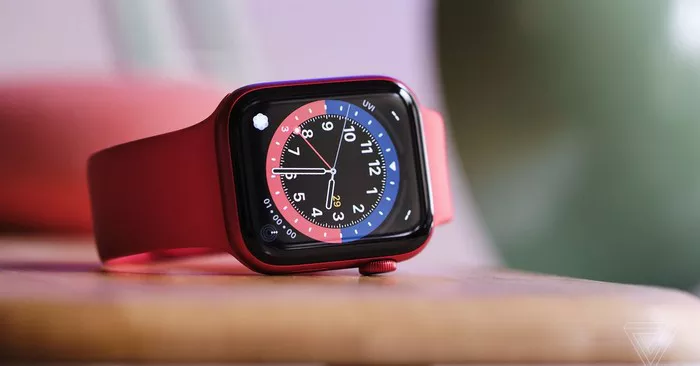In recent years, wearable technology has become increasingly integrated into our daily lives, offering a range of features from fitness tracking to communication tools. Among these, the Apple Watch stands out as one of the most popular and versatile smartwatches on the market. While its fitness tracking capabilities are well-known, many users also wonder about its potential for monitoring sleep. In this comprehensive guide, we delve into the world of sleep tracking on the Apple Watch, exploring its features, limitations, and how to make the most of this functionality.
Understanding Sleep Tracking on Apple Watch
Overview of Sleep Tracking Features:
- Apple introduced native sleep tracking functionality with the release of watchOS 7, allowing users to monitor their sleep patterns directly from their wrist.
- The Sleep app on Apple Watch provides insights into various aspects of sleep, including duration, quality, and consistency.
- Users can set sleep goals, create bedtime routines, and receive sleep trend analysis over time.
Hardware Requirements:
-
- Sleep tracking on Apple Watch is compatible with Series 3 and later models, running watchOS 7 or later.
- While older models like Series 1 and Series 2 lack the necessary hardware for continuous sleep tracking, they can still be used as alarms and reminders for bedtime routines.
Activating Sleep Tracking:
-
- To enable sleep tracking on Apple Watch, users need to set up sleep schedules in the Health app on their paired iPhone.
- Sleep schedules allow users to specify their desired bedtime and wake-up time, facilitating automatic sleep tracking during these periods.
Monitoring Sleep Metrics:
-
- Throughout the night, Apple Watch uses a combination of motion sensors and heart rate monitoring to track sleep duration and quality.
- Sleep metrics, including time spent asleep, time spent in bed, and periods of restlessness, are displayed in the Sleep app on both Apple Watch and iPhone.
Making the Most of Sleep Tracking
Establishing Bedtime Routines:
-
- Consistent bedtime routines help signal to the body that it’s time to wind down and prepare for sleep.
- Apple Watch can be used to create custom bedtime routines, such as setting reminders to dim lights, practice relaxation techniques, or listen to calming music.
Analyzing Sleep Trends:
-
- Over time, the Sleep app provides users with insights into their sleep patterns and trends.
- By reviewing sleep trend data, users can identify factors that may be impacting their sleep quality and make adjustments accordingly, such as adjusting bedtime schedules or addressing sleep disturbances.
Integrating with Health and Fitness:
-
- Sleep tracking data from Apple Watch seamlessly integrates with the Health app on iPhone, providing a holistic view of overall health and wellness.
- Users can correlate sleep metrics with other health and fitness data, such as exercise activity, heart rate variability, and mindfulness practices, to gain a deeper understanding of their well-being.
See Also: WHICH IS THE BIGGEST APPLE WATCH
Limitations and Considerations
Battery Life:
-
- Continuous sleep tracking can impact the battery life of Apple Watch, particularly on older models.
- To conserve battery, users may need to charge their Apple Watch before bedtime or during periods of inactivity throughout the day.
Accuracy:
-
- While Apple Watch provides valuable insights into sleep patterns, its accuracy may be influenced by factors such as movement during sleep or ambient light levels.
- Users should interpret sleep tracking data as indicative rather than absolute, acknowledging potential limitations in accuracy.
Third-Party Apps and Accessories:
-
- While the native Sleep app on Apple Watch offers basic sleep tracking functionality, third-party apps and accessories may provide more advanced features and analytics.
- Users interested in more comprehensive sleep tracking solutions can explore alternative apps and devices that integrate with Apple HealthKit.
Conclusion
Sleep tracking on Apple Watch offers users a convenient way to monitor their sleep patterns and promote better sleep hygiene. By leveraging the built-in features of watchOS and integrating with the broader Apple ecosystem, users can gain valuable insights into their sleep quality and make informed decisions to improve overall health and well-being. While there are limitations to consider, the convenience and accessibility of sleep tracking on Apple Watch make it a valuable tool for anyone looking to prioritize their sleep health.

